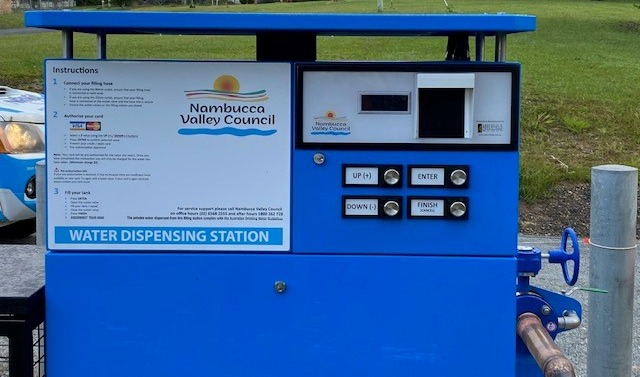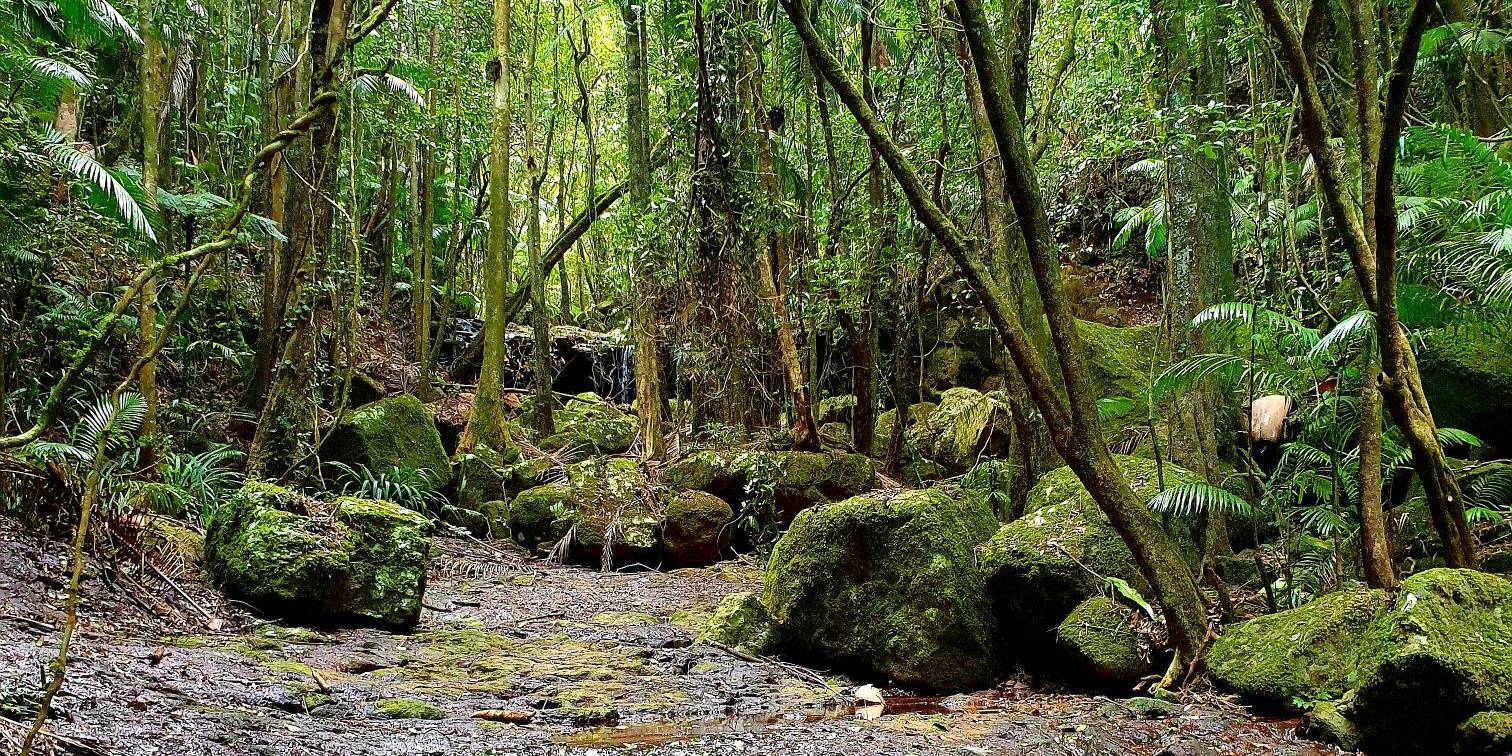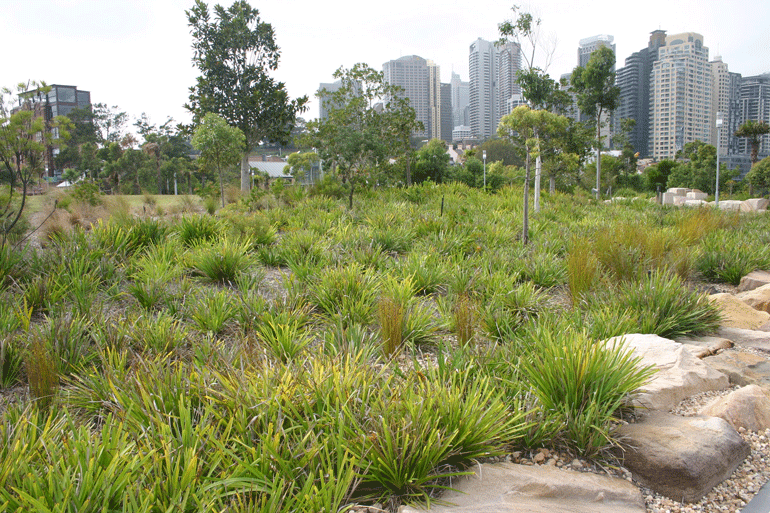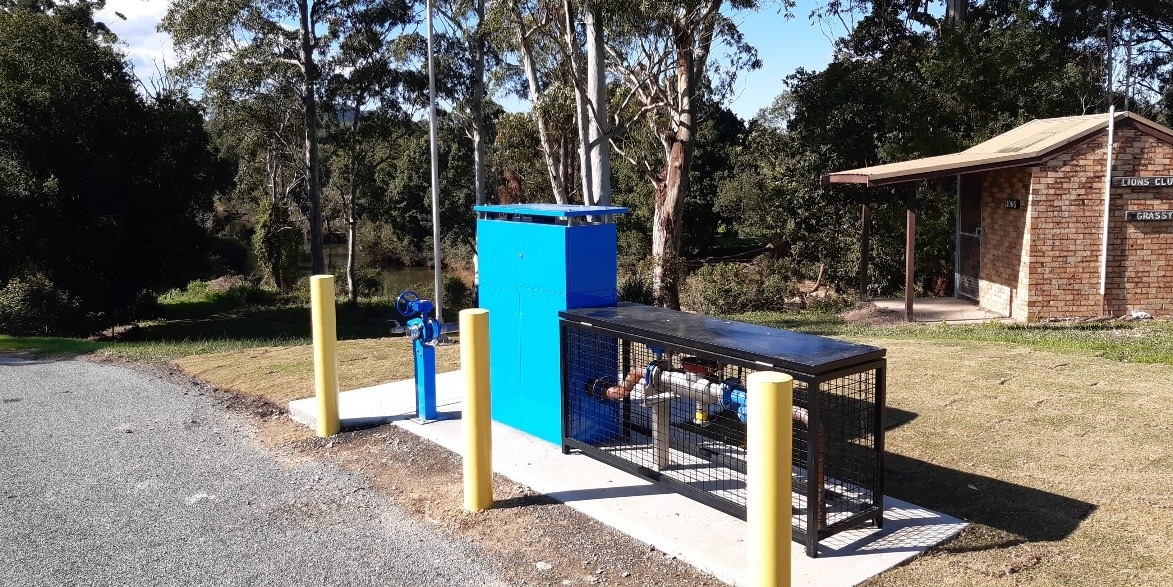About this case study
Drought
Local government
Climate smart design
As catastrophic bushfires blazed throughout the Nambucca Valley Shire in 2019 and 2020, some residents had limited access to our most precious resource – water.
The dams were down. The creeks up my way hadn't run for six months. There was nothing there. I had underground water, but others were scratching for it. When the fires came there was none and even to use for firefighting, we had to bring it in. It was very hard.
Darell Perks, South Arm farmer
Nambucca Valley is an area rich in natural beauty, with pristine beaches, picturesque rural villages, productive farmland and lush rainforests. But as the community rallied to face the Black Summer bushfires, years of drought had taken their toll. Dams and creeks had run dry and water tanks stood empty. Volunteers brought water in on trucks and people travelled many kilometres to access the water they needed to hose down their houses.
Following the fires, Nambucca Valley Council secured a grant from the NSW Government and Local Government NSW to increase the community’s resilience to climate change.
Nambucca Valley Council’s objectives were clear: to prepare its community for future emergencies and droughts; to pilot a replicable solution; and to improve community resilience to climate change. A simple but smart water filling station has addressed all three.
Bowraville – a central point for the rural areas of Taylors Arm, South Arm, Buckra Bendinni, Argents Hill, North Arm and Missabotti – made an obvious choice for a water filling station. And easily accessible Park Street proved the perfect spot because it could accommodate all types of vehicles, from cars to emergency service vehicles used during bushfire emergencies.
The location cuts the length of time people must travel to access water during bushfires and other emergencies, especially bushfire crews who may otherwise travel further between water supply points and operational frontlines.
The station – a standard unit supplied with a backflow prevention device – was installed with a solar panel to provide power. The station features two outlets – one 25mm in diameter and the other 80mm diameter – to cater for both domestic and commercial users.
The pay-as-you-go facility operates by credit card, but council can change the station’s settings remotely to issue water free of charge in an emergency.
Council is currently monitoring use of the water filling station and intends to apply the information and insights gleaned to future installations.

“If this pilot project is successful, it will be replicated in other locations throughout the valley to assist residents most affected by natural disasters that are a direct result of the changing climate,” says Nambucca Valley Council’s Grants and Contributions Officer, Teresa Boorer.
The Nambucca Valley is no longer in drought and the region’s dams are full. But Teresa says Council is focused on activities that build long-term resilience and prepare the community for the next bushfire season.
We hope the water filling station will ease some of the stress that residents feel during emergencies, as they know they have access to a reliable water source during trying times.
Teresa Boorer, Grants and Contributions Officer, Nambucca Valley Council
This project was funded by an Increasing Resilience to Climate Change grant from the NSW Government.
Case studies

The NSW Government has created the first holistic adaptation plan to protect a World Heritage rainforest from climate change impacts – and now ground-breaking genetic science is giving some rare and threatened species a helping hand to adapt and evolve.

The role of the Greater Cities Commission (GCC) is to coordinate and align the planning that will shape the future of the Six Cities Region. The GCC are using a tool that applies NARCliM regional climate projections to assess the socioeconomic risks of climate change for the region.

Aboriginal people bring a unique perspective to the climate change conversation, informed by over 70,000 years of close observation and relationship with the environment. This collaborative project between the Narran Lakes Joint Management Committee and Worimi Lands Conservation Board explores this knowledge to find cultural solutions to understand and live with climate change.
